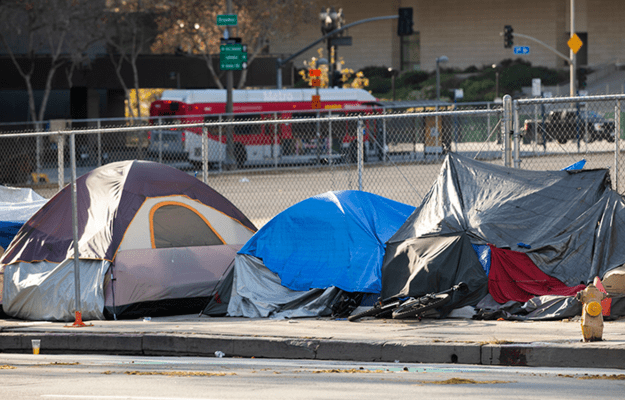
Inclusionary Zoning Offers Good Schools and Low-Poverty Neighborhoods
- Title:
- Inclusionary Zoning Offers Good Schools and Low-Poverty Neighborhoods
- Author:
-
Heather L. Schwartz, Liisa Ecola, Kristin J. Leuschner, Aaron Kofner
- Source:
- Publication Date:
Inclusionary zoning—which either encourages or mandates developers to build a proportion of below-market-rate homes in market-rate developments—can be an effective tool in helping low-income families access better schools and higher-income neighborhoods.
More than 500 localities in the United States have inclusionary zoning policies. Currently, the policies are responsible for just a small portion of the nation's affordable housing. They typically offer homeownership opportunities to low-income households, although some programs offer inclusionary rental housing. Unless combined with other subsidy programs, inclusionary zoning tends to not reach the highest need households.
This research brief, based on a RAND report, “Is Inclusionary Zoning Inclusionary?” examines inclusionary zoning policies in eleven jurisdictions across the United States, and identifies several features that are important to the program’s success.
Major findings:
- Inclusionary zoning policies expand access to more economically diverse neighborhoods than is common among other affordable housing programs.
- Three-fourths of the inclusionary homes were in low-poverty neighborhoods.
- Nearly half the inclusionary homes were assigned to low-poverty schools.
- For the typical inclusionary home, the neighborhood school ranked better on state tests than schools serving parts of the jurisdiction without such housing.


